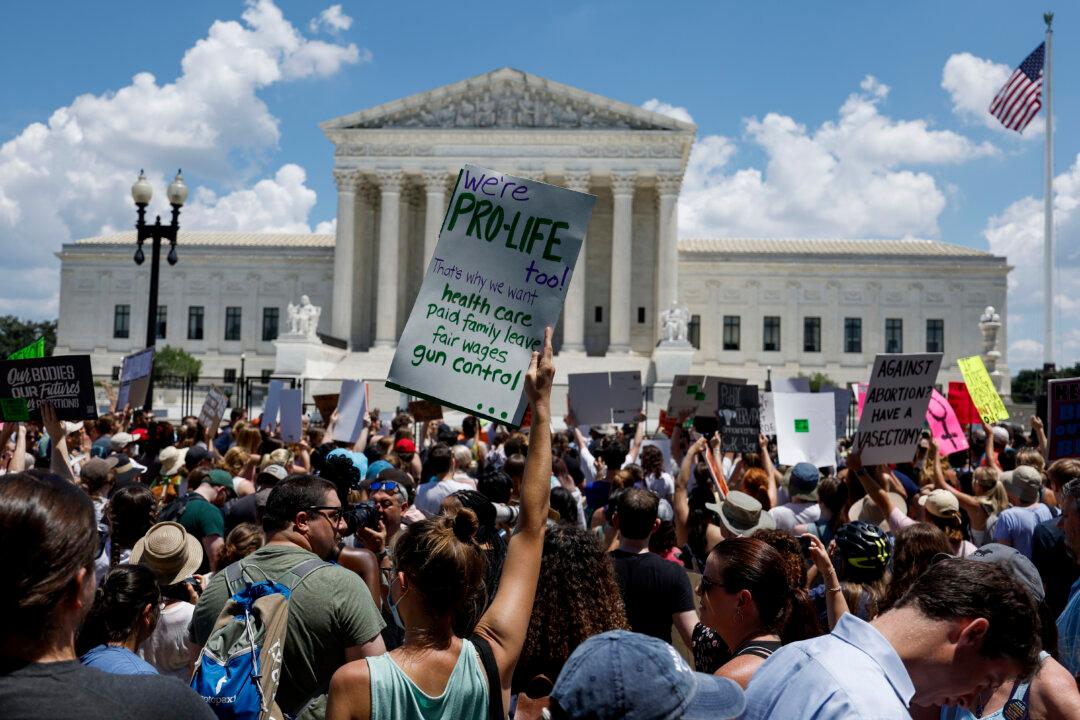Islamabad—“Sometimes students go to empty rooms for their tests, fill the paper and leave it on the table, without ever seeing the teacher,” recounts 27-year-old English literature major, Shagufta Amir, recalling test time in her rural primary school.
Amir is among the fortunate fraction of females in rural Pakistan who has been able to complete her education. The majority of girls in her northern Pakistan village never even finish primary school, let alone go to university.
According to the World Bank, only 22 percent of girls in rural areas of Pakistan have completed primary school. Figures from a 2010 UNESCO report show that for 2007–2008, 63 percent of females in urban areas are literate as compared to 34 percent in rural areas.
At best, the overall state of education for females in Pakistan is getting better; at worst, it is abysmal. Levels of education for girls vary enormously across the country. Punjab Province is considered the best, and Sindh Province the worst.
Amir’s father was the first in his village to complete his education and also became its first teacher. He believes wholeheartedly in educating his daughters. Amir’s mother also supports education although she is illiterate herself.
In rural areas there are many demands and restrictions on girls, who are basically raised to serve, first their own family, then their husbands’ families. There is also a strong expectation that girls will marry early and bear many children.
“Many people in rural areas feel that education is only important if their girls are going to go to the city and work. They don’t realize it is important for building awareness and self-confidence, then girls can better care for their families,” says Amir.







